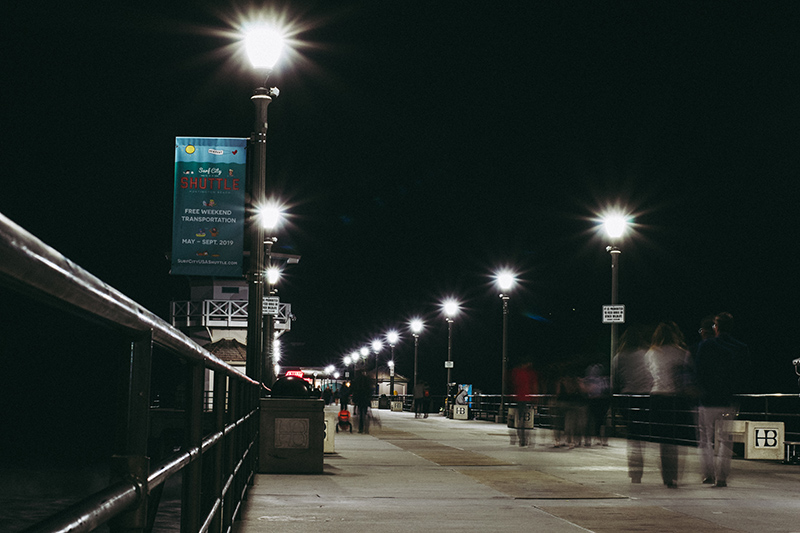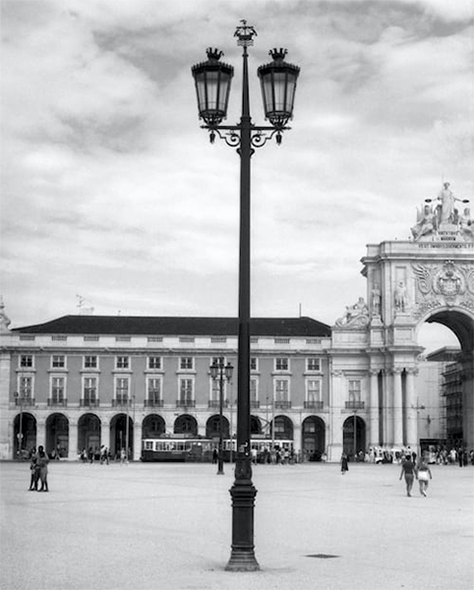LED street lighting has inherent advantages over traditional methods such as High-Pressure Sodium (HPS) or Mercury Vapor (MH) lighting. While HPS and MH technologies are mature, LED lighting offers numerous inherent benefits in comparison.

1. Energy Efficiency: Studies show that street lighting typically accounts for around 30% of a city's municipal energy budget. LED lighting's low energy consumption helps alleviate this high energy expenditure. It's estimated that switching to LED street lights globally could reduce carbon dioxide emissions by millions of tons.
2. Directionality: Traditional lighting lacks directionality, resulting in inadequate brightness in key areas and light scattering into unnecessary zones, causing light pollution. LED lights' exceptional directionality overcomes this issue by illuminating specific spaces without affecting surrounding areas.
3. High Luminous Efficacy: LE Ds have higher luminous efficacy compared to HPS or MH bulbs, generating more lumens per unit of power consumed. Additionally, LED lights produce significantly lower levels of infrared (IR) and ultraviolet (UV) light, reducing waste heat and overall thermal stress on the fixture.
4. Longevity: LEDs have a notably longer lifespan and higher operational junction temperature. Estimated at around 50,000 hours or more in road lighting applications, LED arrays last 2-4 times longer than HPS or MH lights. This longevity reduces material and maintenance costs due to infrequent replacements.
5. Environmental Friendliness: HPS and MH lamps contain toxic substances like mercury, requiring specialized disposal procedures, which are time-consuming and environmentally hazardous. LED fixtures do not pose these problems, making them more environmentally friendly and safe to use.
6. Enhanced Controllability: LED street lights utilize both AC/DC and DC/DC power conversion, enabling precise control over voltage, current, and even color temperature through component selection. This controllability is essential for achieving automation and intelligent lighting, making LED street lights indispensable in smart city development.


Trends in LED Street Lighting:
The widespread adoption of LED lighting in urban street illumination marks a significant trend, but it's not just a simple replacement of traditional lighting; it's a systemic transformation. Two noteworthy trends have emerged within this change:
1. Move towards Smart Solutions: LED lights' controllability has paved the way for the creation of automated intelligent street lighting systems. These systems, leveraging precise algorithms based on environmental data (e.g., ambient light, human activity), or even machine learning capabilities, autonomously adjust light intensity without human intervention. This results in visible benefits. Moreover, these streetlights can potentially serve as intelligent edge nodes in the IoT, offering additional functionalities like weather or air quality monitoring, contributing significantly to smart city infrastructure.

2. Standardization: The trend towards smart solutions presents new challenges in LED streetlight design, necessitating more complex systems within limited physical space. Incorporating lighting, drivers, sensors, controls, communication, and additional functionalities requires standardization for seamless integration of modules. Standardization enhances system scalability and is a crucial trend in current LED street lighting.
The interplay between the trends of intelligence and standardization propels the continuous evolution of LED street lighting technology and its applications.
Post time: Dec-12-2023
